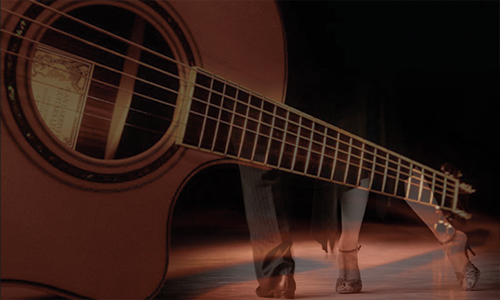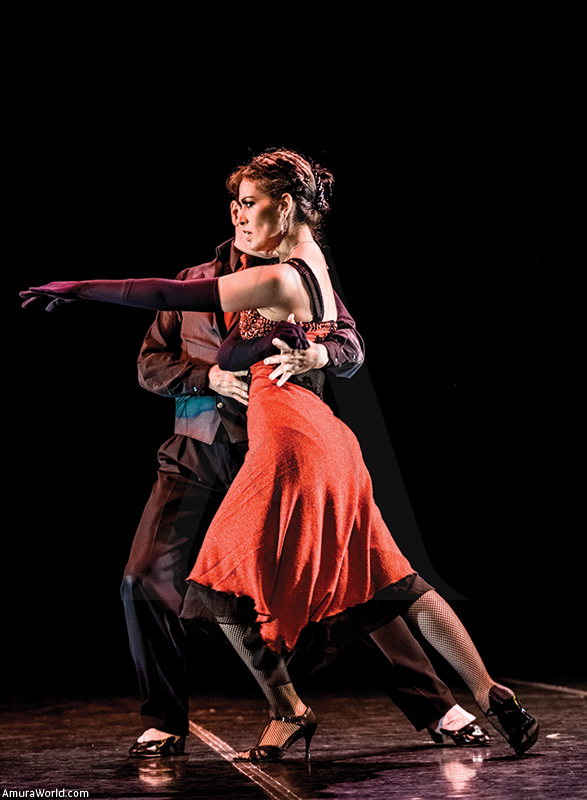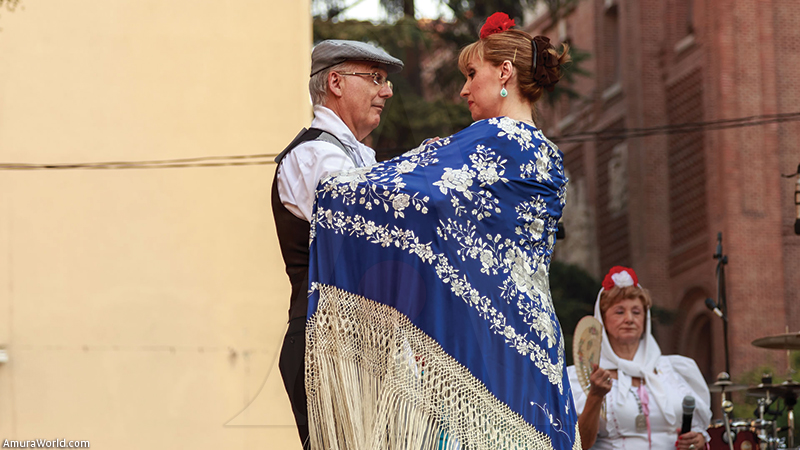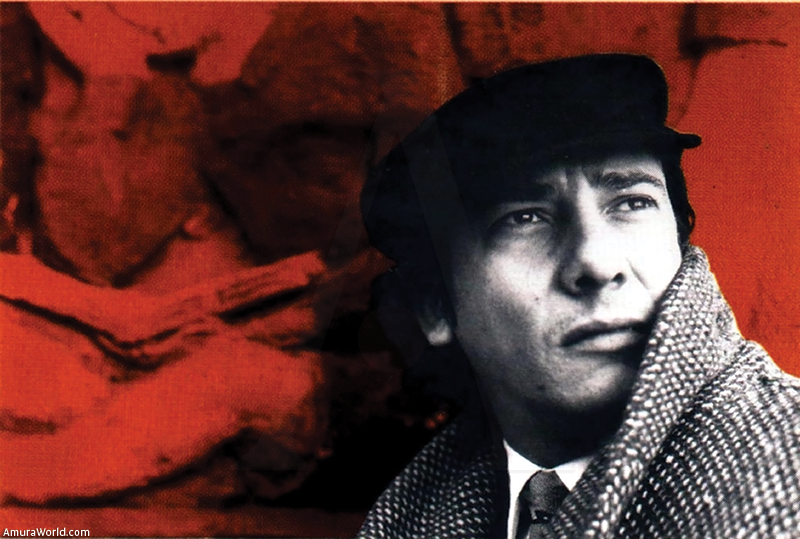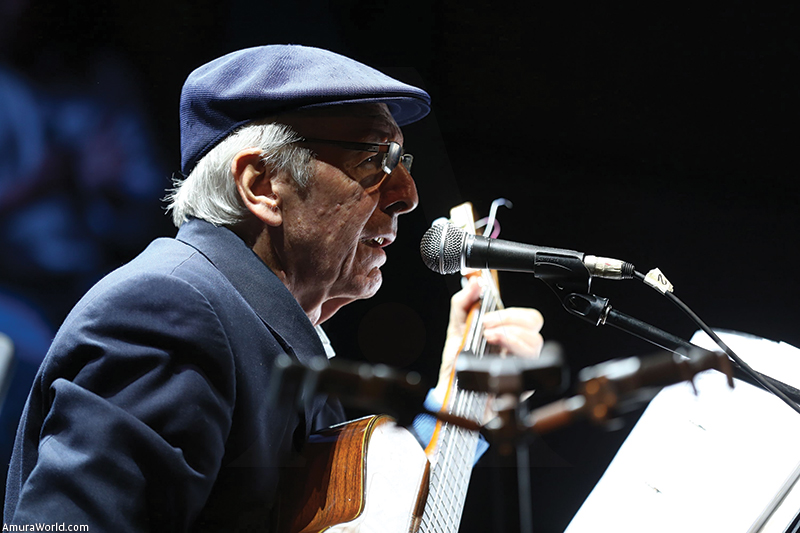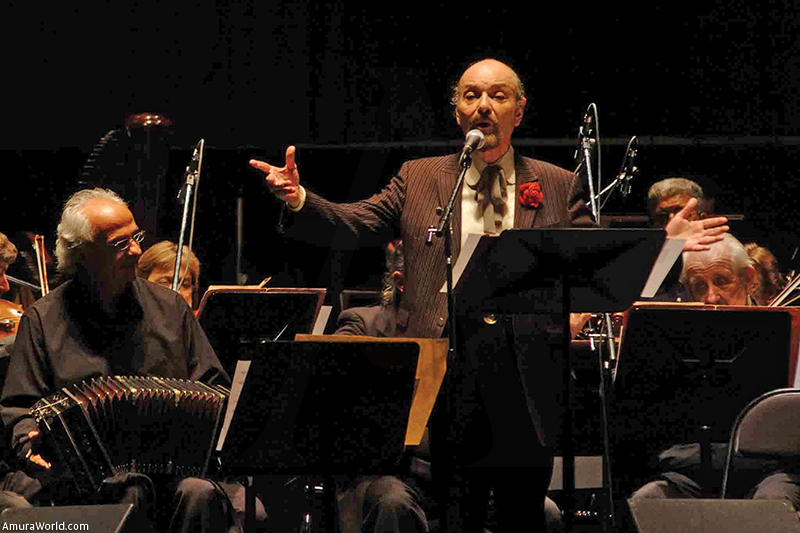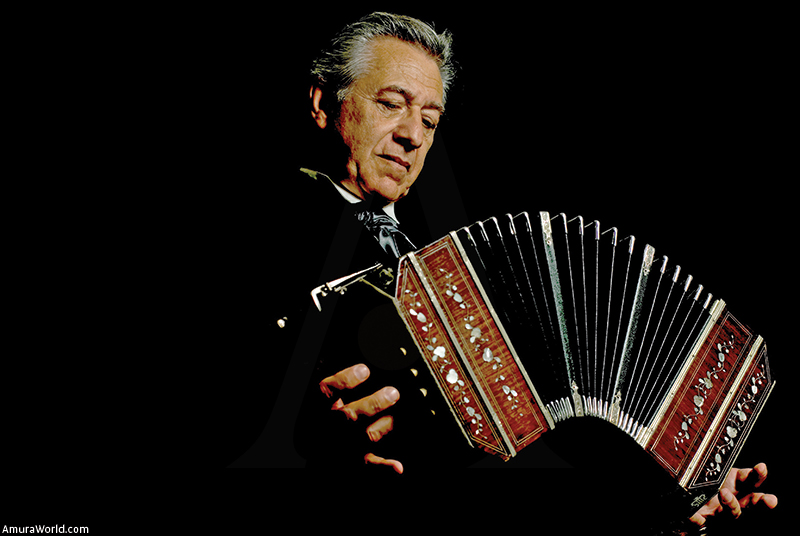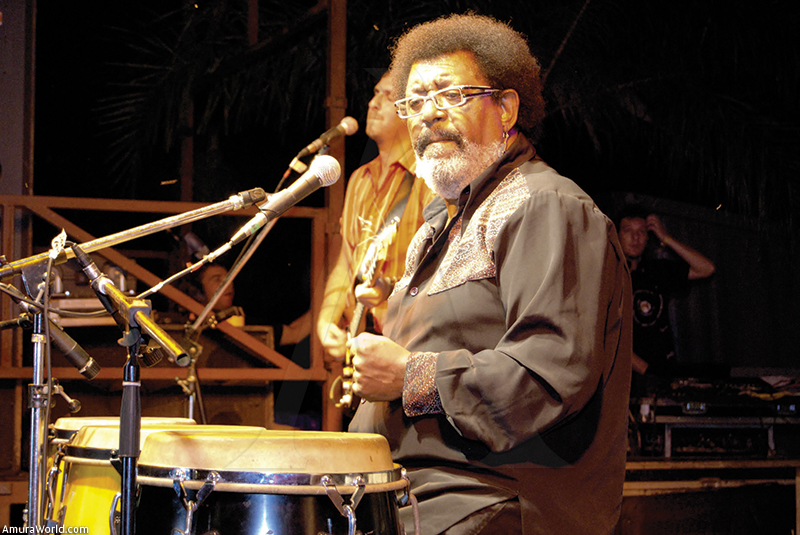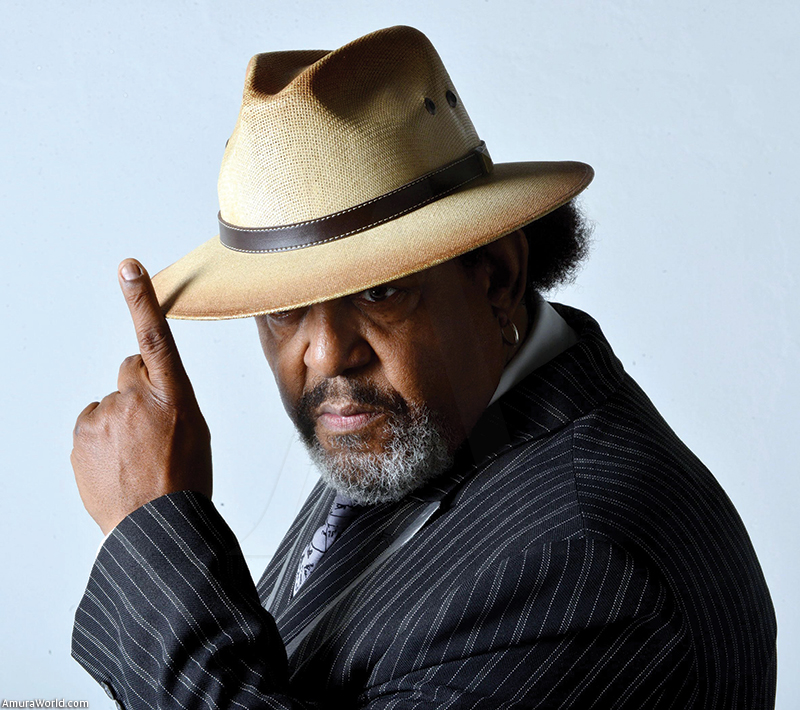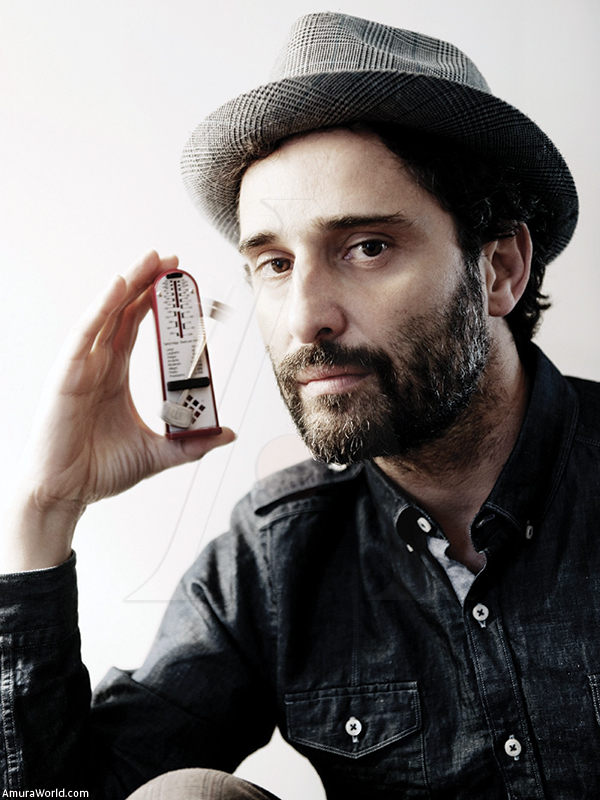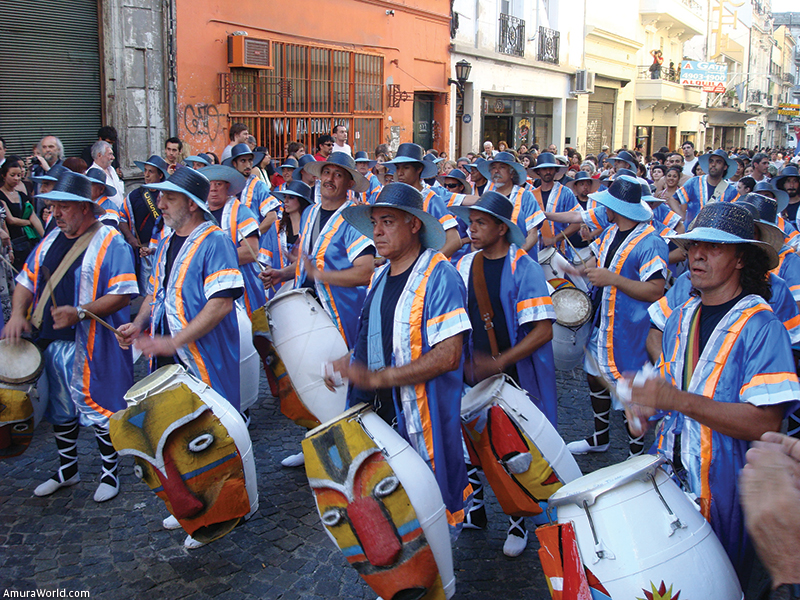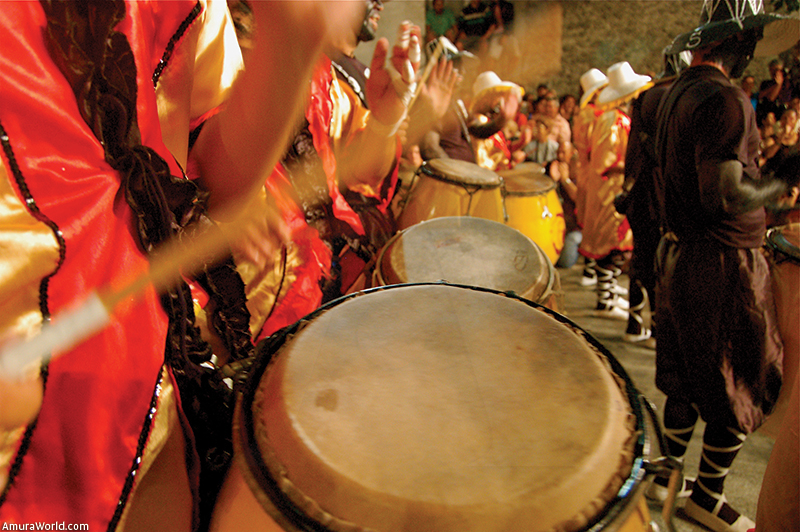Historically, Uruguay, along with the South of Brazil and the Central area of Argentina, form part to the same type of “musical country”. We could call it the a nation of music from the pampas, the music of gauchos.
One of it’s most characteristic trait is the milonga with it’s varied expressions. Other kind of songs are those who possess the style of triste, as well as the Valadita. Dances like the pericon, the cielito, the media caña, the gato, the huella and the cuando are varied due to it’s way of dancing them; they integrated the group of folk capers. From it’s shared border with Brazil, other rhythms emerge, for example, the chamarrita and the chotis.
The music of the Oriental Ribbon, ancient name of Uruguay (the region to the East of the Uruguay River and of Rio de la Plata), had an elemental figure, it was predominant for composer and poet Bartolomé Hidalgo (1786-1822). Later, from the music of folkloric roots names of categorical importance like those of Alfredo Zitarrosa, the Los Olimareños duet, songwriter and singer Daniel Viglietti, composer and poet Rubén Lena or the Larbanois-Carrero duet.
An evolution of Rioplatense character
Tango isn’t Argentinian or Uruguayan, it is the music of Buenos Aires and Montevideo. These are the places where this immigrant music developed. It portrays creole influences (like milonga) and those who came from Spain, Italy, Africa -like the word “tango” and “canyengue”, for example), and even Central Europe; the truth is that this genre is exclusively from “the port” or “porteño” if you wish to sound like a local.
Carlos Gardel (without mentioning the polemic subject of his birthplace), Gerardo Matos Rodríguez (author of “La Cumparsita”), Francisco Canaro, the “Tango Baron” Julio Sosa, and poet Horacio Arturo Ferrer, are some of the great influences that Uruguay has given to the typical rioplatense genre. Currently, the Uruguayan personality that stands out more in an international level is composer, director and bandoneon player Raúl Jaurena.
In this context, candombe, for example has a definitive origin of the Western part of Africa. In it’s traditional form, only drums are played, while it’s rhythm is ordered by the same “key” of Afro-Cuban music; this expression has an origin of religious music, it is the most convective to the African collective nowadays; it is one of the two musical forms that characterize Montevideo. The other is called murga, a type of coral rhythm accompanied by a threesome of percussion, drum, bass drum and cymbals, whose origin seems to have a mix of Spain and Southern Italy, as well as clear African rhythmic influences.
Contemporary Rythmic
With the continuation of Uruguay’s musical history and at rock’s shadow, several important names began to emerge within Uruguayan music, such as Ruben Rada, Eduardo Mateo, Dino, Jaime Roos and Eduardo Darnauchans.
Several of them hooked on rock, people from the ports and the lyrics of music that began to rise in Montevideo grew, they were nurtured and wrapped by a mixture that is located in the murky zone of rock and candome, this gave origin to “candombe rock”; the murgia, milonga and other rhythms from Brazil.
“El Kynto”, a group of Eduardo Mateo and Rada, as well as “Totem”, headed by Rada and later by “Opa Trio”, of the Fattoruso brothers, Hugo and Osvaldo, are considered as laboratories where the famous “candome-beat” was created, it is a fusion of swing and the energy of rock.
When speaking of modernity, “The Shakers”, “The Mockers”, “Dias de Blues”, “Psiglo”, “Montevideo Blues”, “Níquel”, “La Tabaré Riverock Banda”, “Baldío”, “Los Estómagos”, “Los Tontos” and “Los Traidores”, are Uruguayan bands that have a profile of historic importance toward the national rock music. Other rock bands have a vast difussion, for example, “La Vela Puerca”, “NTVG” (No Te Va a Gustar), “El Cuarteto de Nos”, “Buitres Después de la Una” and “La Trampa”.
Without a doubt, music in Uruguay has been nurtured by it’s cultural diversity and it keeps being linked to this way of merging diverse influences, a demonstration of this are two of the most important songwriters and singers which are known world wide: Fernando Cabrera and Jorge Drexler.
Melody with ancestry
When it comes to cultured or classic music, violinist Eduardo Fabini (1882-1950), not only is the most recognized of the Uruguayan composers of the first half of the XX century, but is also considered the most elevated and proactive toward the cultured music of Uruguay.
Toward the second part of the XX century, the historic heritage is worth mentioning, characters like Héctor Tosar (1923-2002), Jaurés Lamarque Pons (1917-1982), Diego Legrand (1928-2014) whom maestro Cristóbal Halffter, considered “owner of a very interesting self language” and Leon Briotti, born in 1929, considered a virtuoso of oboe, soloist and recognized by his quality of musical orchestra is currently active.
Last but not least, amongst the multiple composers who keep working to this day, the musicologists and composers Coriún Aharonián and Graciela Paraskevaídis, of which is it important to stand out, her notable teacher labor; Eduardo Fernández, considered today as one of the top guitarist in the world, a virtuoso musician who lives in Italy; Álvaro Carlevaro (in Germany), Sergio Cervetti, Miguel Del Águila, Florencia Di Concilio and myself, Elbio Rodríguez Barilari, the four of us in the United States.
Text: Elbio Rodríguez Barilari ± Photo: RT / VJT / KOS ANDES / ALBA CIUDAD / GRANACIÓN / HARRISON WEST / DIARIO DE CULTURA / MAXRESDEFAULT / EL DIARIO / LOS ANDES / PLS / IREL / WOD

